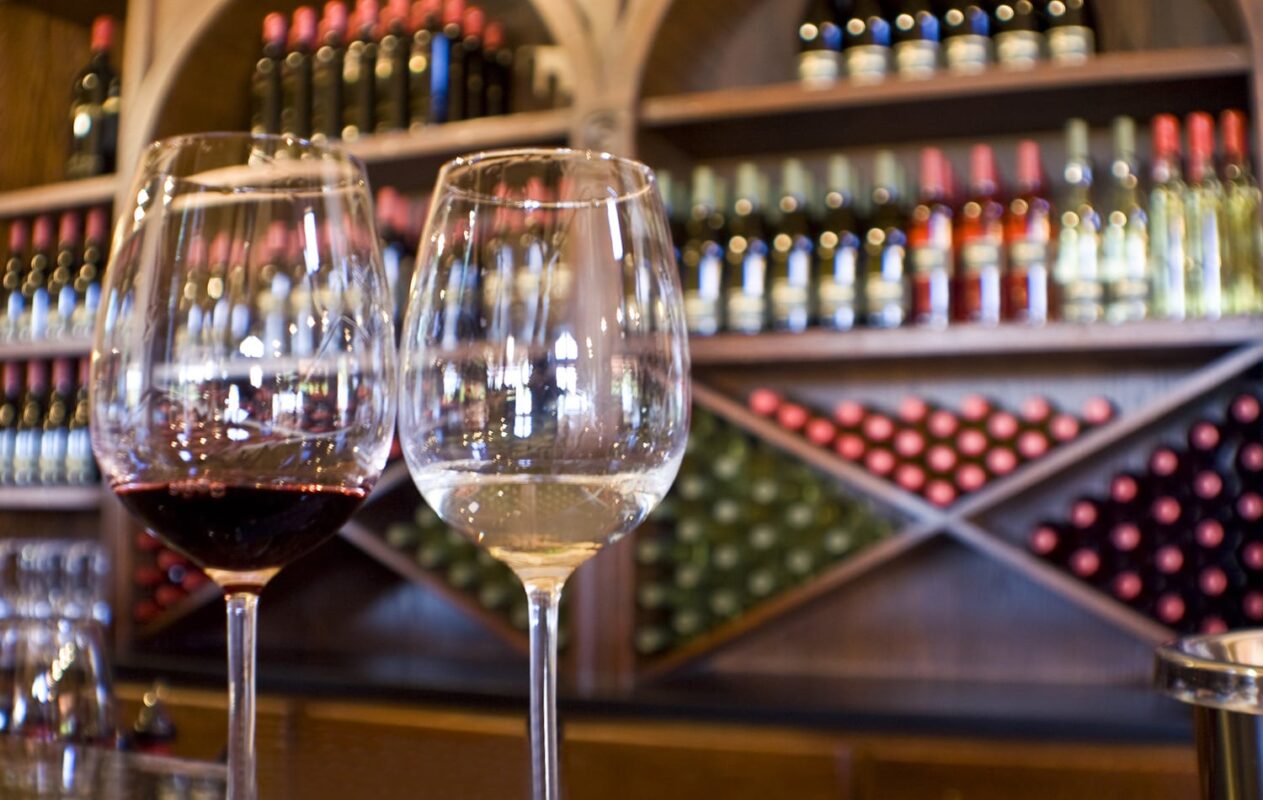Wine Cellars, Wine Rack
How to Build a Wine Cellar with a Wine Rack: Step-by-Step Tips
Using a wine rack is of great importance for wine collectors. Wine rack models, which provide advantages both visually and in terms of functionality, have many variants designed for wine lovers.
The most frequently asked question is: “Can I put a wine cellar anywhere in the house?” The answer is yes, but the location you choose will have a significant impact on the maintenance cost of your cellar.
The wine cellar should be placed in the coolest and most humid part of your home.
The closer you are to the 55°-58°F temperature and 55-75% humidity your wine will need, the smaller the refrigeration unit you need and the lower the total cost. The heat gain calculation for your wine cellar takes into account the surrounding environment that will affect the wine cellar.
If the annual average temperature of the surrounding environment is 65°, while the average temperature is 65°, you will need to purchase a larger cooling unit and wine rack to ensure proper conditions. A dry environment will also require more frequent humidification.
İçindekiler
Check for Air Leakage in the Room
You need to design a room that can be completely sealed and airtight. Check for air leaks in the room and make sure no surprises are lurking on the walls that could threaten your wine collection. You need to prepare the room in such a way that you can control all environmental factors that can affect the proper aging of the wine.
This room will now be the center of your passion and the home of your wine collection, and you won’t want it to damage all your wines just because you haven’t properly checked the area for air leaks, light leaks, or water leaks.
When inspecting the room, make sure the ceiling has a minimum of R-19 insulation. The floor must be concrete and sealed with a suitable concrete sealant.
Install Vapor Barrier
Vapor barrier plastic sheets are usually installed behind the insulation on the warm side of the wall (the inside of the wine cellar is the cold side). The vapor barrier protects both the hot and cold sides of the insulation.
You may wonder why vapor barriers are not installed on the cold side (aka the wine cellar side). This is because when installed on the cold side, moisture condenses, which creates mold-forming moisture. Such rot can ruin cellar walls. This plastic surface must be mounted on the exterior ceiling or walls.
If it is difficult to install directly on the exterior, you should apply the plastic cover that comes out of the cellar. It is generally preferable to wrap the interior first and make sure the plastic layer is loose enough so that the insulation can then be placed between the studs in the stud cavity. Make a complete vapor barrier on both the ceiling and walls of the space.
Select the Appropriate Wine Cellar Door
Very attractive and widely used, glass panel doors provide little insulation in a wine cellar. If you are using glass, you may want to consider choosing a cooling unit with a higher BTU output to adjust for the reduced insulation value. Generally speaking, the next size provides adequate cooling compensation, but larger cooling units are not a complete solution to a poorly insulated wine cellar.
The glass in the door should be a properly sealed thermal panel unit, usually 5/8” or ¾” overall thickness. Glass should be closed from the edges of the frame. A wine cellar door needs to be an exterior grade front door with weather stripping and a suitable sill.
Build a Wine Cellar Cooling System
Whatever the size of the space, if you want to get things right and use wine storage solutions that work, you’ll need a wine cellar refrigeration unit. This machine will be the beating heart of your temperature-controlled storage space.
Wine cellars are always cold and consistency is the key to success. That’s why you’ll need one of these mini-fridge units to maintain a constant chill in sunny weather. Many different factors will help you determine the best cooler for your space.
Wine Rack and Finishing Touches for Unique Cellar Design
Once you’ve completed the technical steps, you’re ready to put in some finishing touches. The finishing touches should include your personal touch to the wine cellar. You can invest in a wooden wine rack or metal wine rack model.
Wooden wine racks are still the best choice for aging wines, and rack design should be determined before you start cellar building. The walls can then be proportioned to the exact size of your shelving, giving the shelves the appearance of a true custom installation. This is for both walls and ceiling height.

